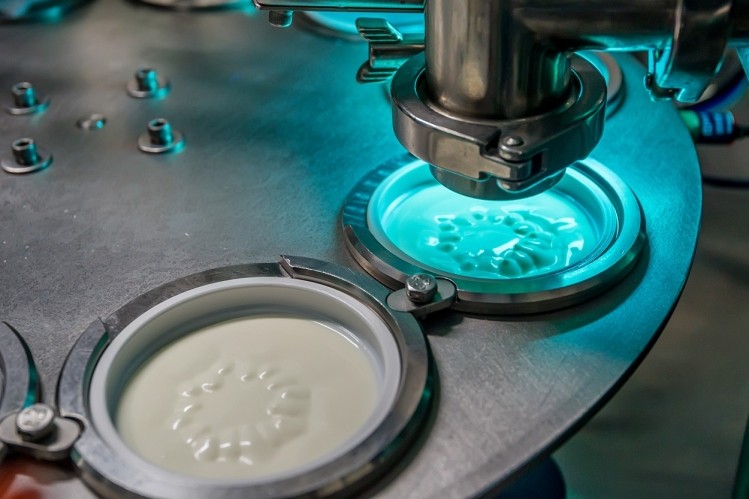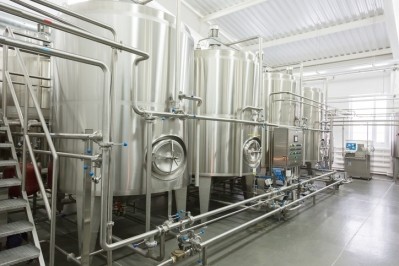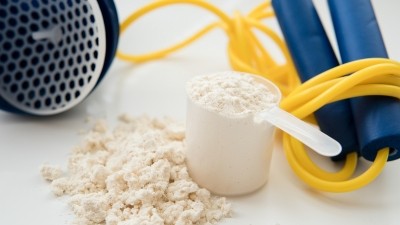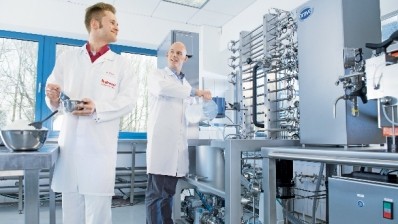Scientists discover new use for Greek yogurt acid whey

The amount of acid whey, the liquid low pH byproduct left over from Greek yogurt production, has been mounting over the past 10 years as Greek yogurt went from from accounting for 1% of the yogurt sales in 2007 to roughly 54% last year, Chobani previously told DairyReporter.
Greek-yogurt production requires three cups of milk to produce one cup of yogurt, resulting in the production of large volumes of acid whey waste, according to the study’s researchers.
Many US farmers have been using acid whey to spread across their farmland while other solutions involve converting it into methane gas, researchers said.
However, the farmer demand for acid whey for their crops has been outpaced by supply, and revenue from methane remains low due to the abundance of the natural gas in the US from other methods such as fracking.
“Until now, no other products could be produced with microbiomes from this waste stream,” the researchers wrote.
“This has now changed. Here, we showed that acid whey was converted into valuable medium-chain carboxylic acids (MCCAs), such as n-caproic acid (n-hexanoic acid) and n-caprylic acid (n-octanoic acid), without addition of external electron acceptors.”
On-site investment
Converting acid whey to methane results in a “a significant carbon footprint” as it spends a lot of time being transported from the Greek yogurt manufacturing plants to offsite anaerobic digesters, sometimes hundreds of miles away, all for a very low cost, the study’s lead author Largus T. Angenent said.
“If converting acid whey to methane was really economical, a dairy plant would just build an onsite digester because it’s off-the-shelf technology,” Angenent told DairyReporter.
“We wanted to develop a technology that was available on site (to Greek yogurt manufacturers) and create a product with a much higher (monetary) value.”
To do this, researchers collected acid whey from Fage Company’s two New York production facilities and stored it at −20°C until placing it into bioreactor systems.
Then they created MCCAs from the acid whey, which contain more carbon molecules than methane gas.
“The chemical we make is between six and nine carbons long and the cost of these chemicals are much more related to the demand for oil and that has a higher price,” Angenent said.
Angenent and his team believe if this technology is made available on site or nearby Greek yogurt manufacturers, it will create a sustainable circular economy to convert the tons of acid whey leftover each year.
Source: Joule
“Temperature-Phased Conversion of Acid Whey Waste Into Medium-Chain Carboxylic Acids via Lactic Acid: No External e-Donor”
http://dx.doi.org/10.1016/j.joule.2017.11.008
Authors: Largus T. Angenent, et al







